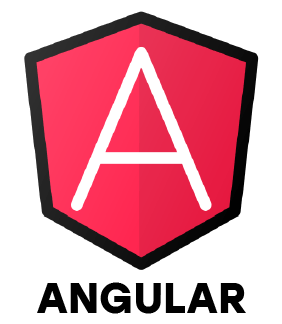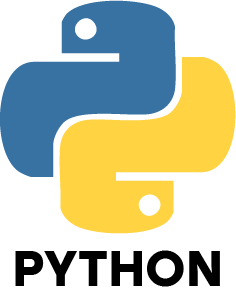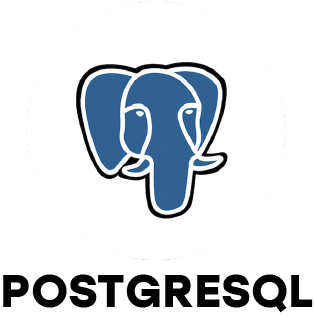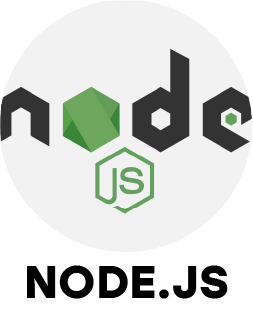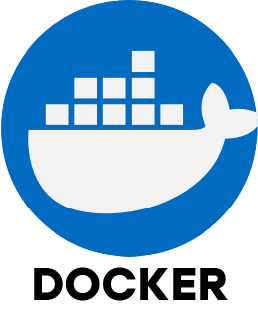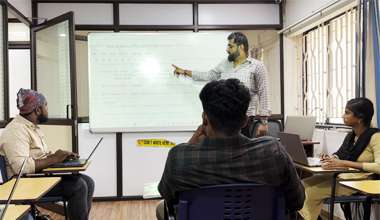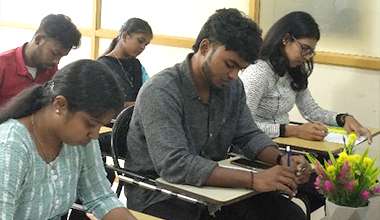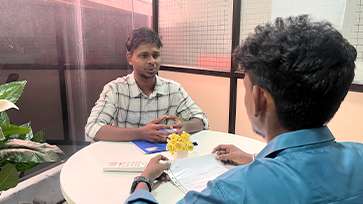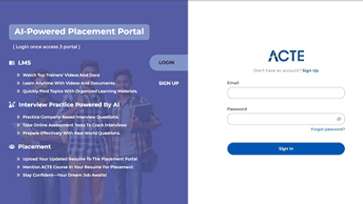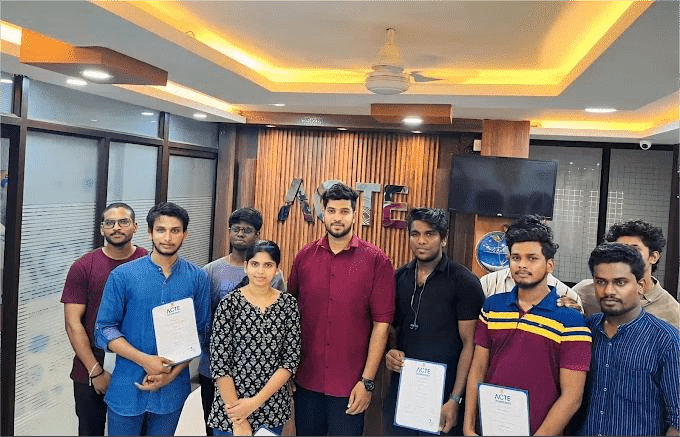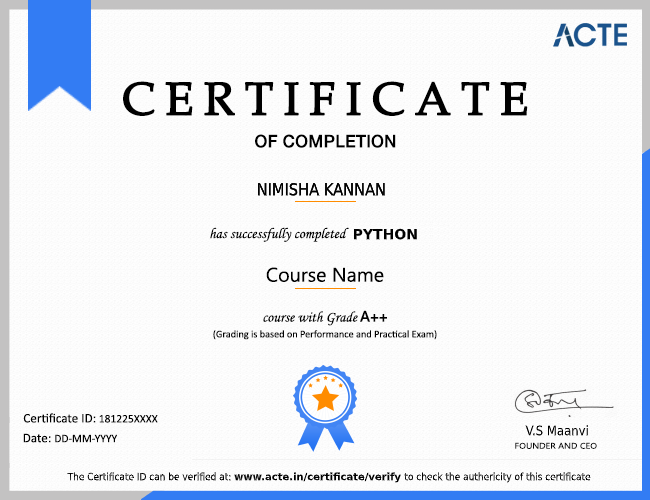1. What is Virtual DOM?
Ans:
Virtual DOM is a lightweight copy of the Real DOM. It allows frameworks like React to update UI efficiently by making changes in the virtual DOM first, comparing it with the previous state (using a "diffing" algorithm) and then updating only the changed parts in the Real DOM.
2. What is JSX?
Ans:
JSX stands for JavaScript XML. It's a syntax extension for JavaScript used with React to describe UI components. It looks like HTML but can include JavaScript expressions.
3. What is Full Stack Development?
Ans:
Full Stack Development involves both front end (client-side) and back end (server-side) development.
4. Few Full Stack Developer Tools?
Ans:
- Frontend: React, Angular, Vue
- Backend: Node.js, Express, Django
- Database: MongoDB, MySQL, PostgreSQL
- Version Control: Git, GitHub
- DevOps: Docker, Jenkins
5. What is Inversion of Control and Dependency Injection?
Ans:
- Inversion of Control (IoC): A design principle where A container or framework gains control over items or sections of a program.
- Dependency Injection (DI): A design pattern used to add references to a class in order to implement IoC rather than creating them inside the class.
6. Explain Pair Programming:
Ans:
In software development, pair programming is a method where two developers collaborate on one workstation. One writes the code (driver) while the other reviews each line (observer) and they switch roles frequently.
7. What is Cross-Origin Resource Sharing (CORS)?
Ans:
CORS is a browser security feature that preventing requests from websites to domains other than the one that hosted the page unless explicitly allowed by the server via HTTP headers.
8. What is Callback Hell?
Ans:
Callback Hell refers to deeply nested callbacks in JavaScript, making code difficult to read and maintain. It happens when multiple asynchronous operations are chained together.
9. What is Full Stack Web Development?
Ans:
Full Stack Web Development involves building both the client-side (UI) and server-side (business logic, database) of web applications.
10. Tools for Full Stack Web Development:
Ans:
- VS Code, Git, GitHub
- Node.js, Express, MongoDB, MySQL
- React, Angular, Vue.js
- Docker, Postman, Jenkins
11.How to Handle Tight Deadlines in Projects?
Ans:
- Break the project into smaller tasks
- Prioritize critical components
- Communicate clearly with the team
- Use agile methodologies and track progress regularly
12. Languages for Frontend Development:
Ans:
13. How to Add CSS to HTML?
Ans:
14. How to Add JavaScript Externally?
Ans:
15. What is PHP?
Ans:
The programming language PHP (Hypertext Preprocessor) is used to runs on servers and is used to build dynamic webpages and communicate with databases.






